Home>Technology>Home Entertainment Systems>What Does An Animal Trainer For Film And Television Do?
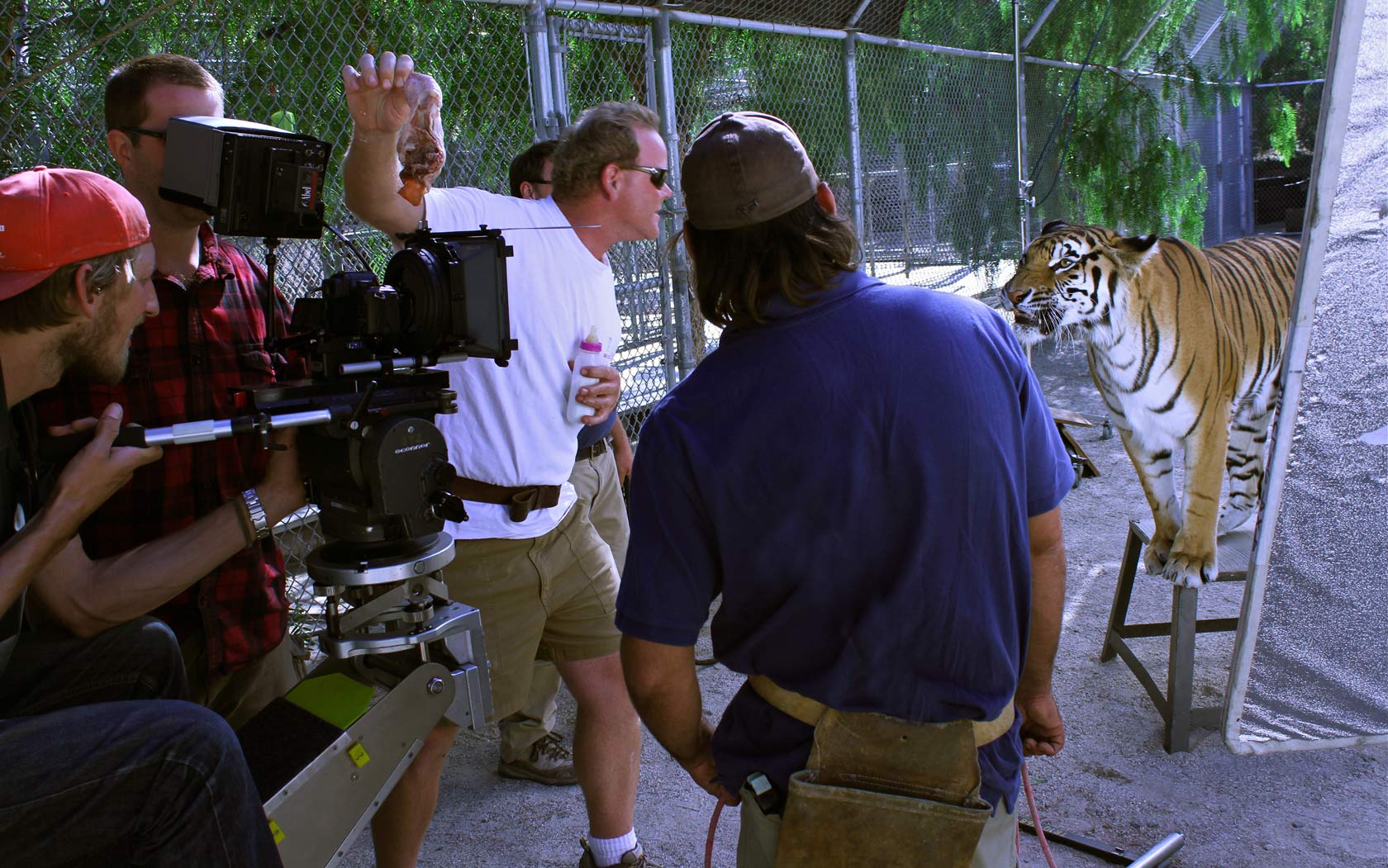

Home Entertainment Systems
What Does An Animal Trainer For Film And Television Do?
Published: December 20, 2023
Discover the role of an animal trainer for film and television and how they contribute to creating captivating scenes for your home entertainment systems.
(Many of the links in this article redirect to a specific reviewed product. Your purchase of these products through affiliate links helps to generate commission for Storables.com, at no extra cost. Learn more)
Introduction
Welcome to the fascinating world of animal training for film and television! Have you ever marveled at the on-screen performances of animals in your favorite movies and TV shows? Behind these incredible feats lies the expertise of animal trainers who work tirelessly to elicit specific behaviors from their animal actors. In this article, we’ll delve into the captivating realm of animal training for the entertainment industry, exploring the intricacies of this unique profession and gaining insight into the remarkable skills and dedication required to bring animal actors to life on screen.
Animal trainers for film and television play a pivotal role in bringing stories to life, often working with a diverse array of creatures, from household pets to exotic wildlife. Their responsibilities encompass not only training animals to perform specific actions but also ensuring the safety and well-being of the animals, collaborating with actors and production crews, and overcoming a myriad of challenges to achieve remarkable results. Let’s embark on a captivating journey to uncover the artistry and dedication that underpin the mesmerizing performances of animal actors in the entertainment industry.
Key Takeaways:
- Animal trainers for film and television use patience and communication to teach animals specific behaviors, ensuring their safety and well-being on set.
- Collaborating with actors and production crews, animal trainers create a safe and inclusive environment, championing ethical treatment and elevating the storytelling landscape of film and television.
Training Animals for Specific Behaviors
Training animals for specific behaviors is a multifaceted and intricate process that demands a deep understanding of animal psychology, learning principles, and effective training techniques. Animal trainers utilize positive reinforcement methods to shape desired behaviors, fostering a bond of trust and cooperation with their animal actors. Whether it’s teaching a dog to perform complex tricks, training a horse for a daring stunt, or coaching a bird to deliver a flawless aerial display, the training process is tailored to the unique abilities and natural inclinations of each species.
Central to the training process is the establishment of clear communication between the trainer and the animal. Through the use of cues, gestures, and verbal commands, trainers convey their expectations to the animal, gradually shaping and reinforcing the desired behaviors. This communication extends beyond words and gestures, encompassing the subtle nuances of body language and vocal intonation that convey encouragement, reassurance, and approval.
Patience and consistency are paramount in training animals for specific behaviors. Trainers invest considerable time and effort in breaking down desired behaviors into manageable steps, rewarding incremental progress, and gradually refining each behavior until it meets the exacting standards required for on-screen performances. This meticulous approach ensures that the animals not only perform reliably but also exhibit enthusiasm and enjoyment in their roles, enhancing the authenticity of their on-screen personas.
Furthermore, the training process often involves acclimating animals to the unique environments and stimuli they will encounter on set. Whether it’s adapting to the presence of cameras, lights, and unfamiliar surroundings or rehearsing actions in the proximity of actors and crew, trainers meticulously prepare their animal actors to thrive in the dynamic and unpredictable settings of film and television productions.
Working with Actors and Production Crew
Collaborating with actors and production crews is a crucial aspect of an animal trainer’s role in the entertainment industry. The seamless integration of animal actors into scenes requires close coordination and effective communication with human performers and the entire production team. This collaborative effort is essential for ensuring the safety, well-being, and performance quality of the animal actors, as well as the overall success of the production.
Effective communication lies at the heart of harmonious interactions between animal trainers, actors, and production crews. Prior to filming, trainers work closely with directors, producers, and scriptwriters to understand the specific requirements for animal performances in each scene. This collaboration allows trainers to tailor their training and preparation to align with the creative vision of the production, ensuring that the animal actors deliver performances that seamlessly complement the narrative and emotional dynamics of the story.
During filming, animal trainers play a pivotal role in orchestrating the interactions between animal and human actors. They provide guidance to the actors on how to engage with the animals, offering insights into the animals’ behaviors, preferences, and cues. This collaborative approach fosters a sense of trust and understanding between the human and animal performers, resulting in authentic and compelling on-screen interactions that captivate audiences.
Moreover, trainers work closely with the production crew to create a safe and conducive environment for the animal actors. They collaborate with animal handlers, set designers, and animal welfare experts to ensure that sets are animal-friendly, free from potential hazards, and equipped with the necessary amenities to accommodate the animals’ needs. This collaborative effort extends to the implementation of safety protocols and contingency plans to address unforeseen circumstances and prioritize the welfare of the animal actors throughout the production process.
By fostering a spirit of collaboration and mutual respect among all stakeholders, animal trainers contribute to the creation of a harmonious and inclusive working environment where the talents of human and animal performers synergize to deliver captivating and memorable performances on screen.
An animal trainer for film and television is responsible for training animals to perform specific behaviors on cue. They also ensure the safety and well-being of the animals on set.
Ensuring Animal Welfare and Safety
Central to the ethos of animal trainers for film and television is the unwavering commitment to ensuring the welfare and safety of the animal actors under their care. This responsibility encompasses a comprehensive spectrum of considerations, ranging from providing for the animals’ physical and emotional well-being to implementing stringent safety measures to mitigate potential risks during filming.
Animal trainers meticulously assess and address the unique needs of each animal actor, prioritizing their health, comfort, and psychological welfare throughout the training and filming processes. This entails providing appropriate nutrition, regular exercise, and access to enriching stimuli to promote the animals’ physical vitality and mental stimulation. Moreover, trainers cultivate nurturing and trusting relationships with the animals, fostering an environment of security and mutual respect that forms the bedrock of the animals’ well-being and readiness for performances.
Prior to any filming activities, animal trainers conduct thorough risk assessments of filming locations and sets to identify and mitigate potential hazards that may pose risks to the animal actors. From assessing the stability of props and set pieces to evaluating environmental factors such as temperature and noise levels, trainers proactively address safety concerns to create a secure and conducive filming environment for the animals.
During filming, trainers remain vigilant advocates for the animals’ welfare, closely monitoring their behavior and well-being on set. They are attuned to the animals’ stress signals, fatigue levels, and overall comfort, intervening promptly to address any signs of distress or discomfort. Additionally, trainers collaborate with veterinary professionals and animal welfare experts to establish protocols for emergency medical care and ensure that the animals receive prompt attention and care in the event of unexpected health issues.
Furthermore, trainers advocate for ethical and humane treatment of animal actors, advocating for industry best practices and adherence to animal welfare regulations and guidelines. By championing the ethical treatment of animal performers, trainers uphold a standard of excellence that prioritizes the animals’ dignity and well-being, fostering a culture of respect and compassion within the entertainment industry.
Challenges and Rewards of the Job
As with any profession, the role of an animal trainer for film and television presents a dynamic tapestry of challenges and rewards that shape the experiences and perspectives of individuals dedicated to this extraordinary vocation.
One of the foremost challenges faced by animal trainers is the need to adapt their training methodologies to suit the diverse species and individual personalities of their animal actors. Each species brings its own set of instincts, behaviors, and learning capacities, necessitating a nuanced and adaptable approach to training. From the intuitive intelligence of dolphins to the independent nature of cats, trainers must tailor their techniques to resonate with the unique attributes of each animal, requiring a deep understanding of animal behavior and an innate empathy for their needs and motivations.
Moreover, the dynamic and unpredictable nature of film and television productions introduces an element of uncertainty and complexity to the role of animal trainers. Adapting to ever-changing filming schedules, working in diverse and sometimes challenging environments, and collaborating with multifaceted production teams demand flexibility, resilience, and quick thinking on the part of trainers. The ability to maintain composure and focus amid the fast-paced and often demanding nature of the entertainment industry is a testament to the fortitude and adaptability of animal trainers.
Despite these challenges, the rewards of being an animal trainer for film and television are profoundly enriching and gratifying. Witnessing the transformation of an animal from a novice trainee to a confident and accomplished performer brings immeasurable satisfaction. The bond that develops between trainers and their animal actors, forged through patience, trust, and shared accomplishments, is a source of profound fulfillment and joy.
Furthermore, the opportunity to contribute to the creation of captivating and emotionally resonant stories through the performances of animal actors is a source of immense pride and fulfillment for trainers. Seeing the impact of their work as audiences connect with the endearing characters and awe-inspiring feats brought to life by animal actors is a testament to the invaluable role that trainers play in the storytelling process.
Ultimately, the challenges and rewards of the job coalesce to form a rich tapestry of experiences that define the profound dedication, artistry, and resilience of animal trainers in the realm of film and television, underscoring the profound impact of their contributions to the magic of on-screen storytelling.
Conclusion
The realm of animal training for film and television is a captivating tapestry of artistry, dedication, and collaboration, where the extraordinary talents and intrinsic beauty of animal actors converge with the expertise and passion of their trainers to create mesmerizing on-screen performances. Through a deep understanding of animal behavior, unwavering commitment to welfare and safety, and seamless collaboration with actors and production crews, animal trainers bring a myriad of captivating creatures to life, enriching the storytelling landscape of the entertainment industry.
As we peel back the layers of this remarkable profession, we uncover the intricacies of training animals for specific behaviors, a process rooted in patience, communication, and a profound respect for the innate abilities of each species. The harmonious interactions between animal and human performers, facilitated by the collaborative efforts of trainers, actors, and production teams, exemplify the power of synergy and mutual understanding in creating compelling on-screen narratives.
Central to the ethos of animal trainers is the unwavering dedication to ensuring the welfare and safety of their animal actors, a responsibility that underscores the profound respect and compassion that permeate the profession. By championing ethical treatment, upholding industry best practices, and prioritizing the well-being of their animal actors, trainers set a standard of excellence that elevates the industry and fosters a culture of respect and empathy.
The challenges and rewards of the job intertwine to form a rich and dynamic tapestry that defines the experiences of animal trainers. From adapting training methodologies to suit diverse species to witnessing the transformation and accomplishments of their animal actors, trainers navigate a landscape of complexity and fulfillment, leaving an indelible mark on the storytelling tapestry of film and television.
As we bid adieu to this captivating exploration, we are reminded of the profound impact of animal trainers in shaping the enchanting narratives that unfold on screen. Their artistry, resilience, and unwavering dedication infuse the world of entertainment with a touch of magic, enriching the lives of audiences and perpetuating the timeless allure of animal actors in the realm of film and television.
Frequently Asked Questions about What Does An Animal Trainer For Film And Television Do?
Was this page helpful?
At Storables.com, we guarantee accurate and reliable information. Our content, validated by Expert Board Contributors, is crafted following stringent Editorial Policies. We're committed to providing you with well-researched, expert-backed insights for all your informational needs.
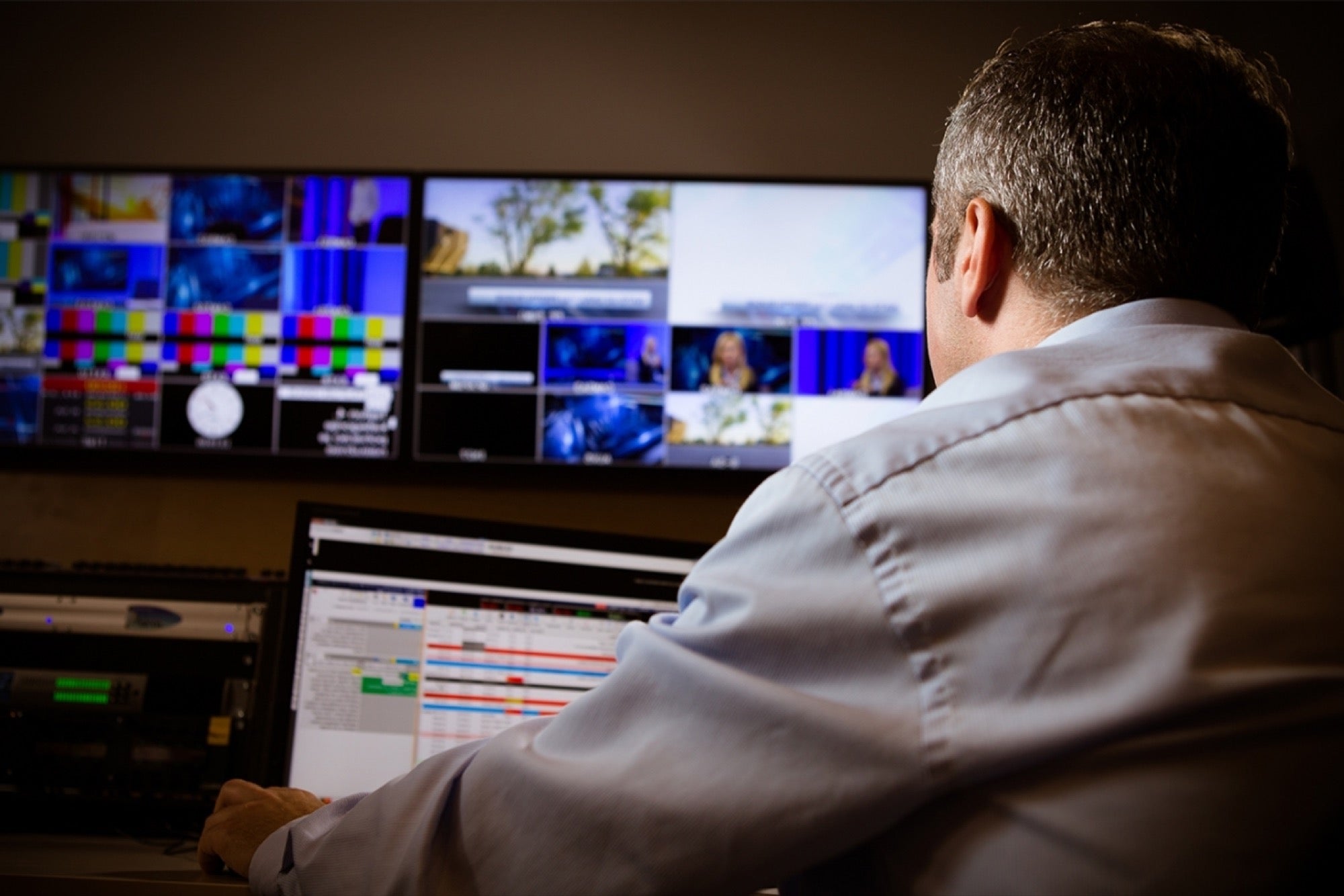

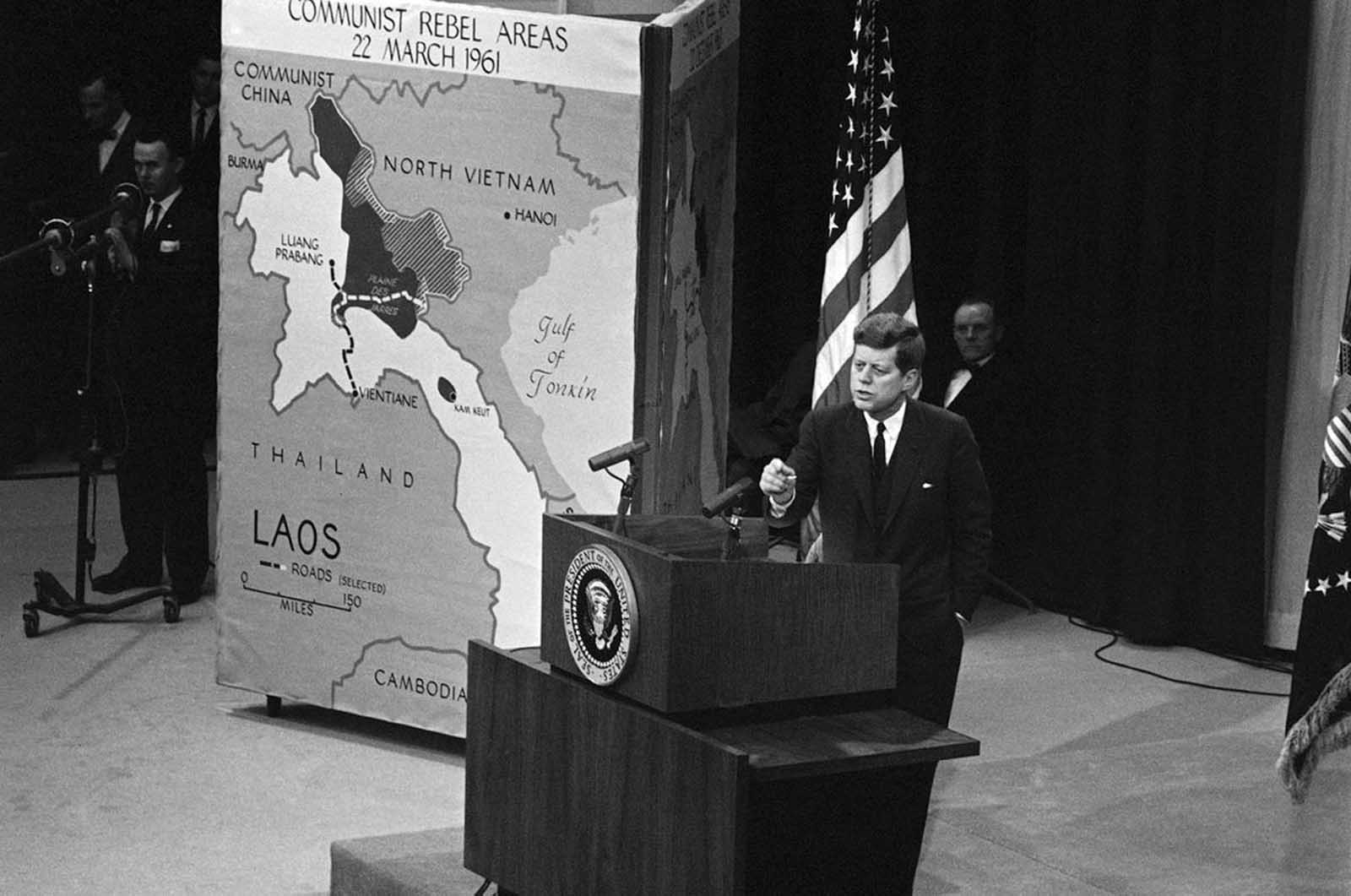
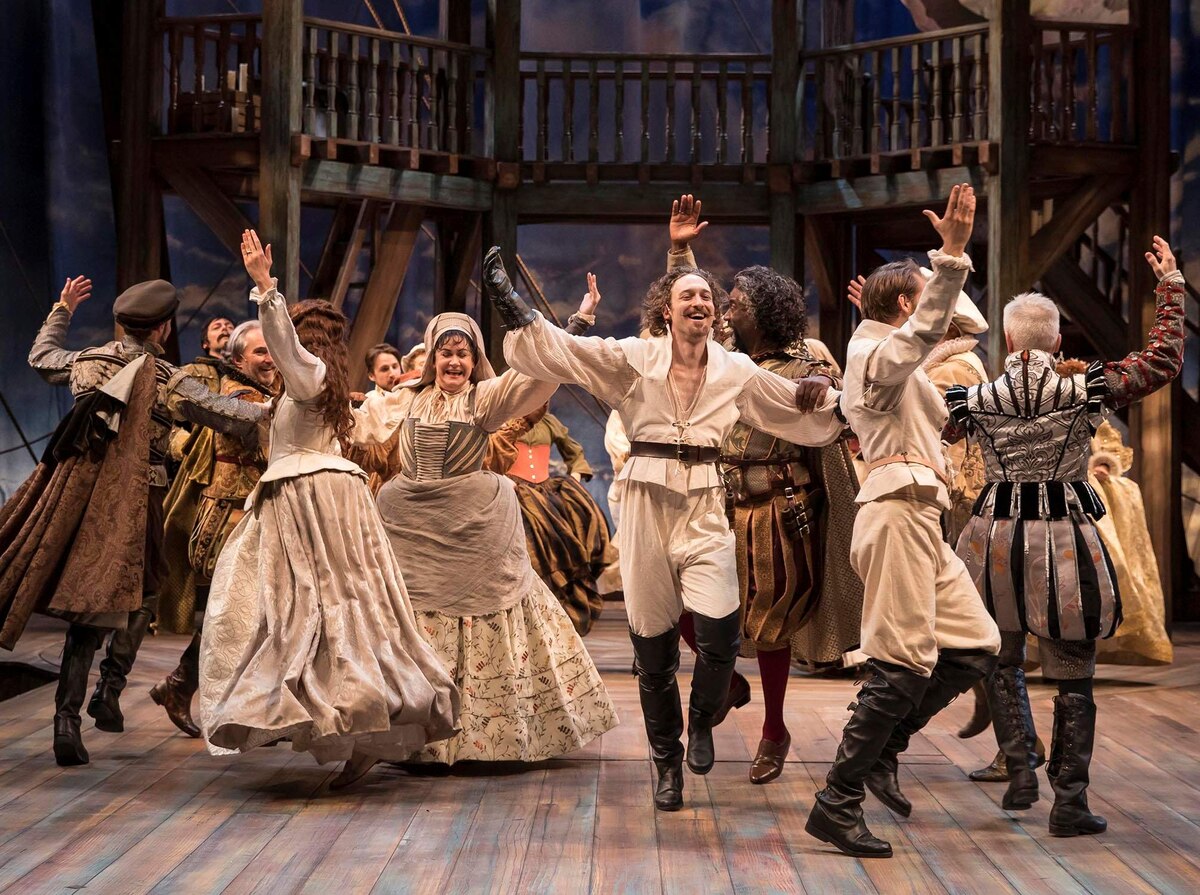
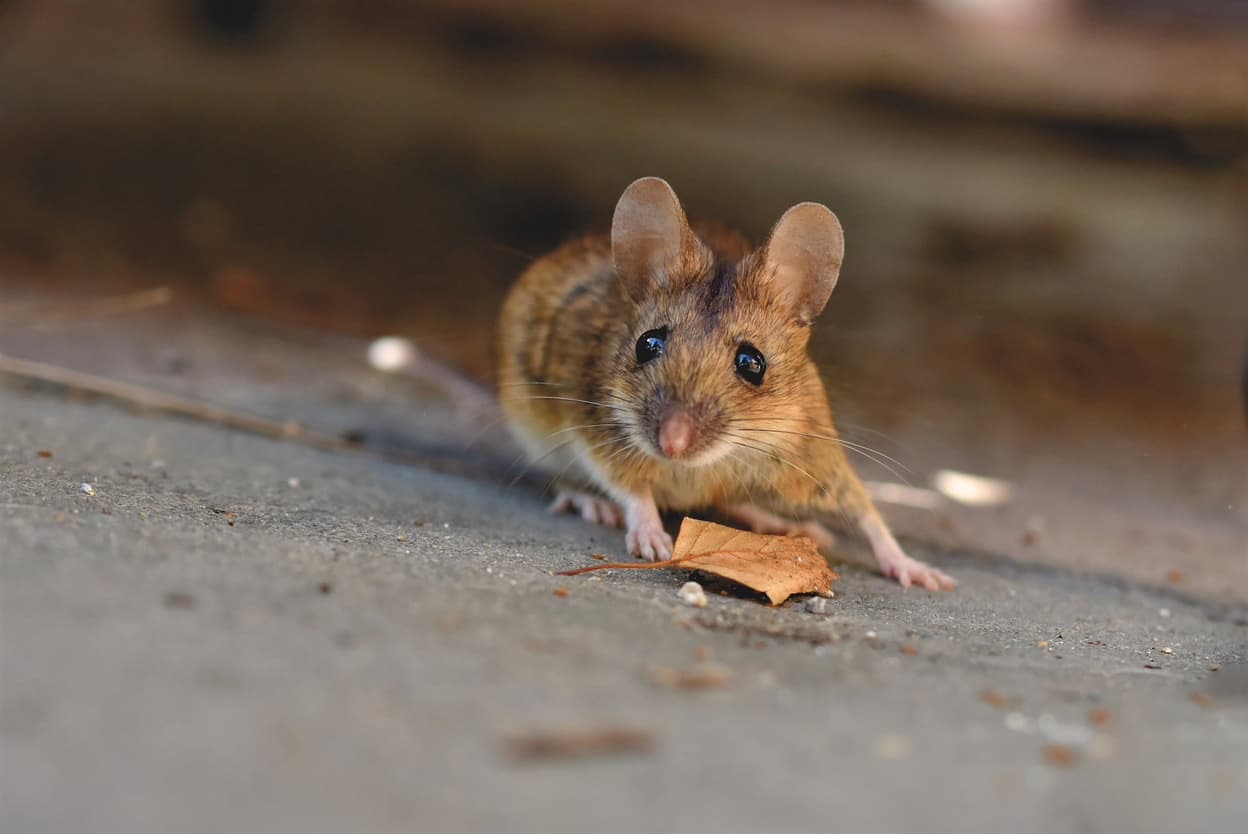




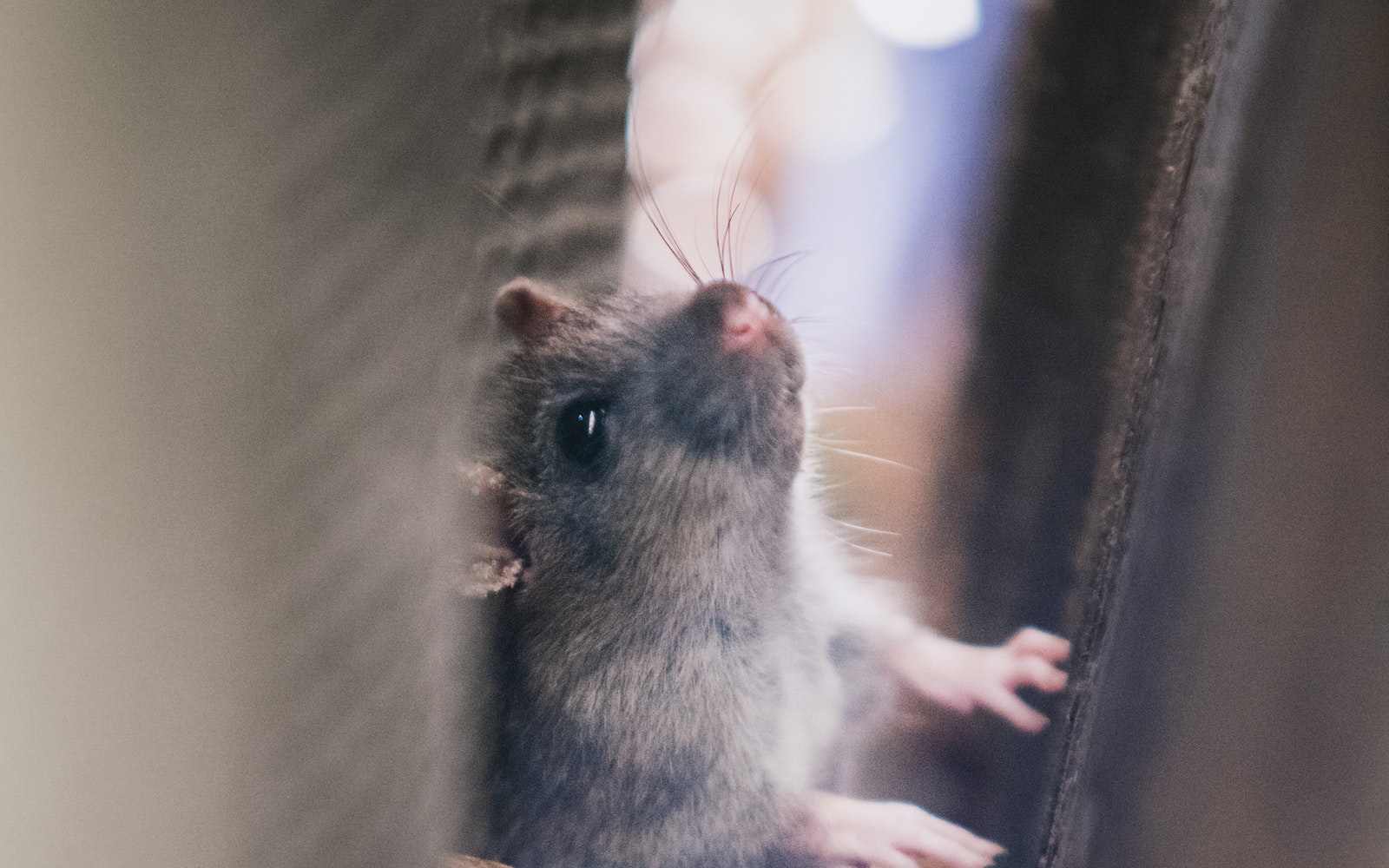

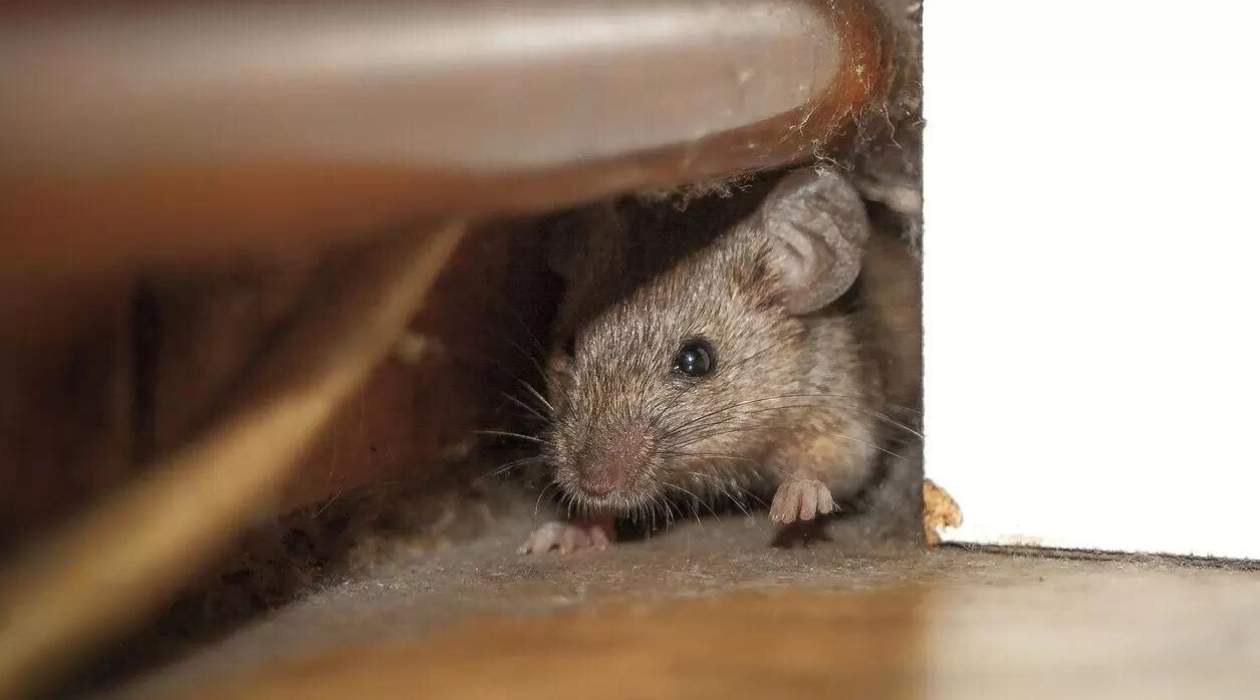
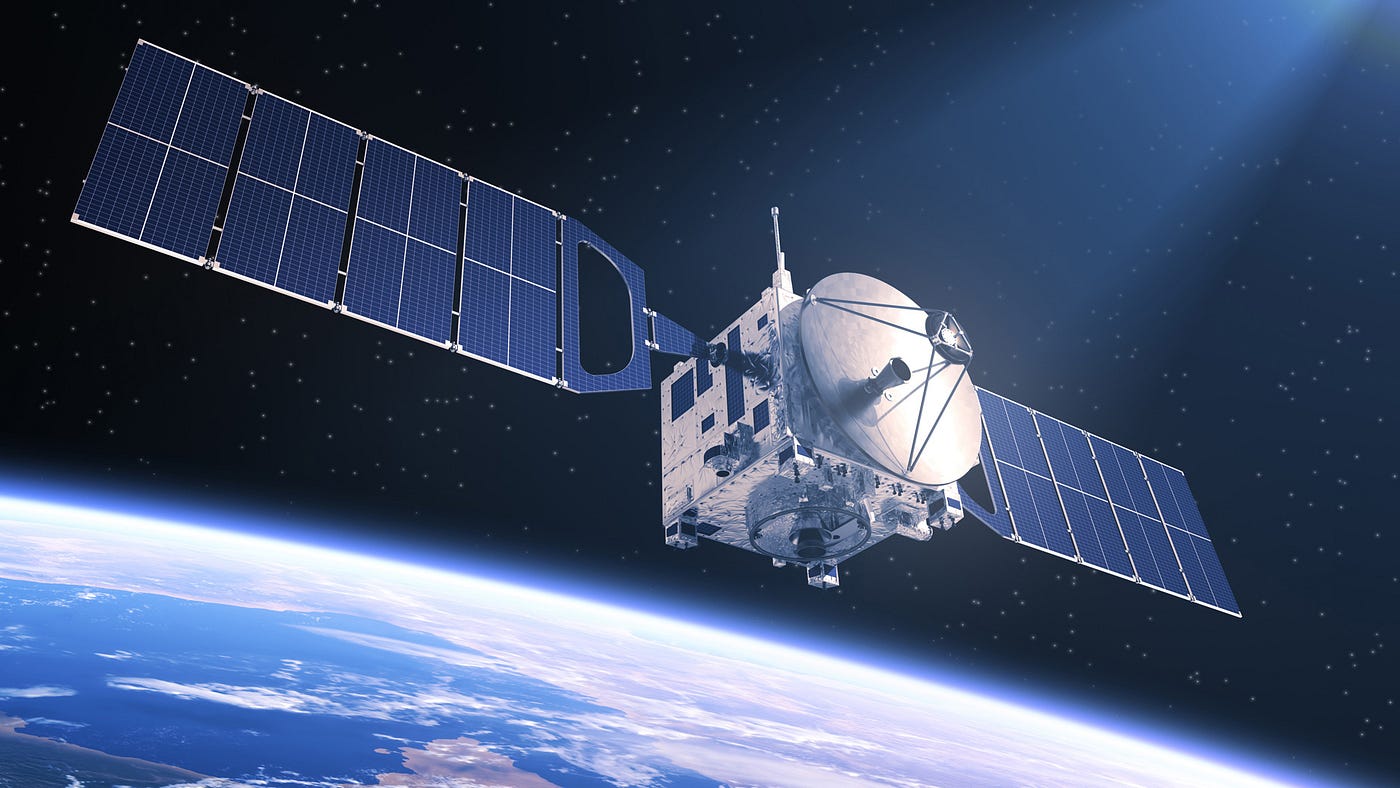
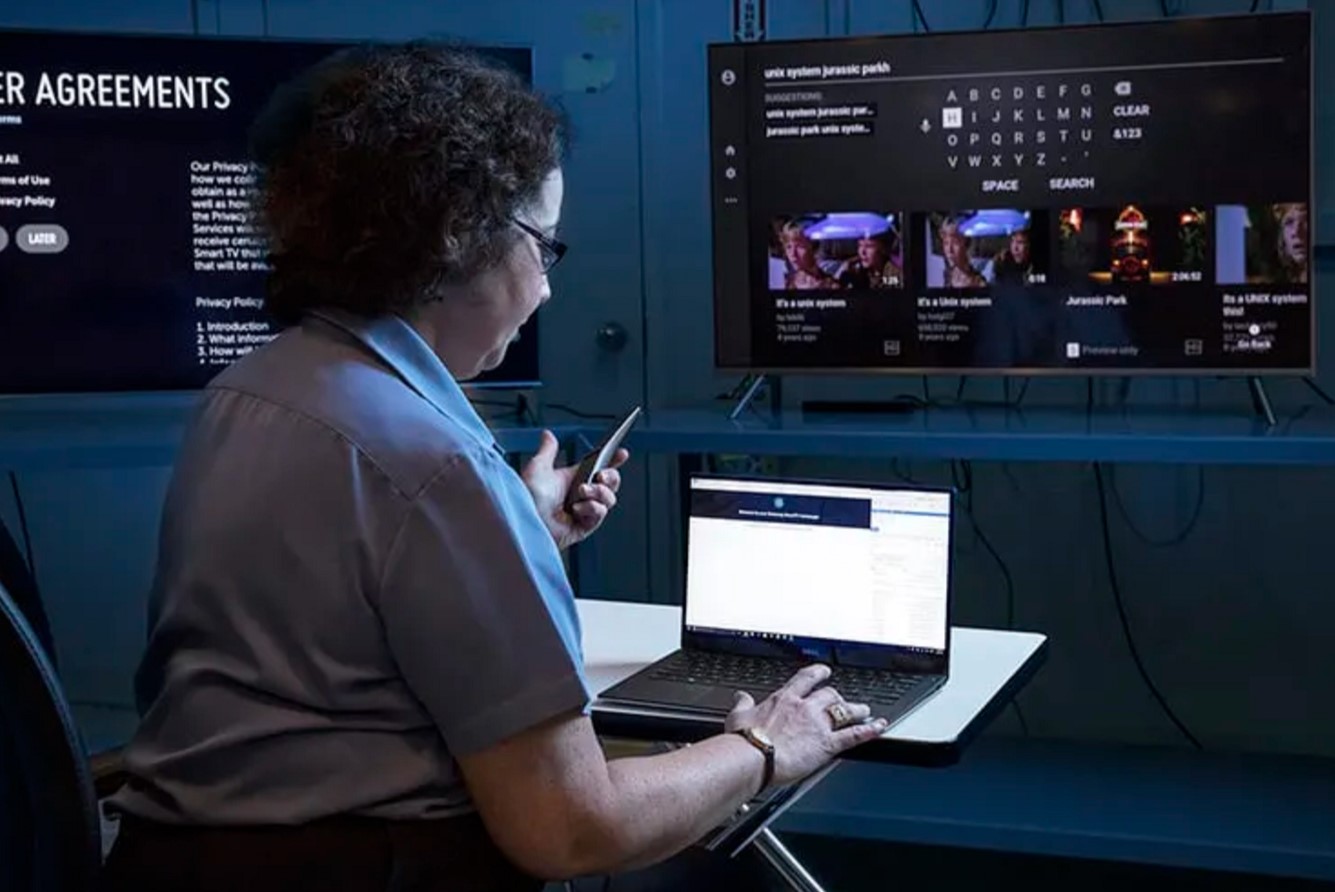

0 thoughts on “What Does An Animal Trainer For Film And Television Do?”